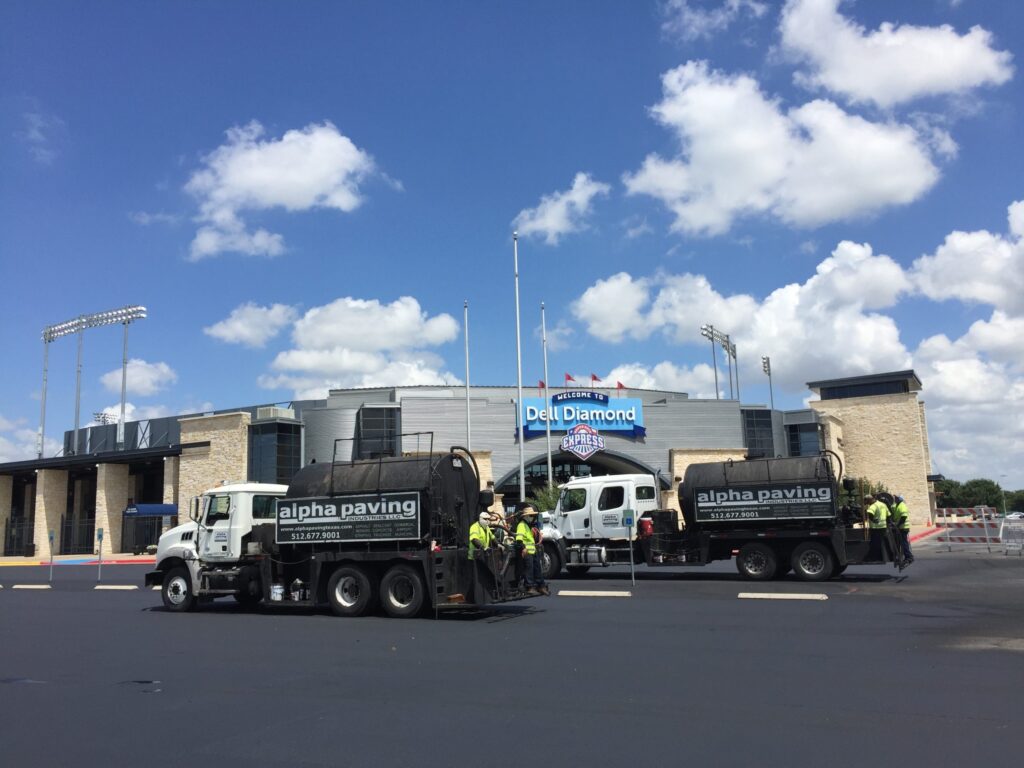Like all paving materials, asphalt will experience signs of wear. A regular maintenance program that includes sealcoating and crack repair can help prevent premature wear. However, if the wear is ignored, the next stage is likely to be pavement distress, followed by pavement failure. Learning to recognize the signs of distressed pavement can often let you take action before your pavement fails.
• Waves in the asphalt are referred to as wash-boarding, corrugation or shoving. The condition usually shows up in areas where traffic frequently stops and starts, such as near crosswalks or stop signs. Corrugation indicates that the asphalt mix was defective. It might have too much asphalt cement or not enough gravel.
• Flushing refers to smooth surfaces that appear in the wheel paths. It is the result of an asphalt mix that contains too much asphalt cement. Therefore, a surface may show signs of wash-boarding as well as flushing.
• Tearing or wrinkling is an indication that the bond between the pavement and its foundation has failed. Bond failures normally manifest during the first year and are the result of an improper installation.
• Ruts or waves in the wheel paths that follow the traffic flow indicate that either the installation or the design of the pavement was inadequate for the actual load. Rutting can make driving on the pavement more hazardous; water collecting in the ruts increases the chances of hydroplaning, and cars hitting the ruts can be jarred out of their path of travel.
• If traffic is pumping mud or water to the surface, this is an indication that water has penetrated beneath the pavement and is damaging the base. Normally, this condition is quickly followed by potholes or extensive cracking.
• Asphalt that has a network of connected cracks that resemble a reptile’s scales is said to have “alligatored” or suffer from “alligator cracking.” Alligator cracking can result from water penetration that has weakened the base, incorrect compaction or asphalt that is too thin.
If your pavement is showing signs of distress, you should consult a reputable asphalt contractor to determine what can be done to save it. If the damages are extensive, the pavement might need to be replaced. However, it might be possible to salvage your pavement by applying an overlay, which is an additional layer of asphalt that is applied over your existing pavement. The cut-and-patch method might also be a solution for your problem; this method requires cutting out the damaged area and then applying a patch.
Alpha Paving Industries is a full-service, award-winning asphalt company with extensive experience in pavement installation, maintenance and repair. We provide our services to customers in the Austin metropolitan area and many other locations in Central Texas. Whether you need an asphalt resurfacing, parking lot restripe, asphalt sealcoating or any other asphalt-related service, our highly trained crews can provide you with quality results at competitive rates. You can use our online form to request a free quote, or you can call us at (512) 677-9001.




